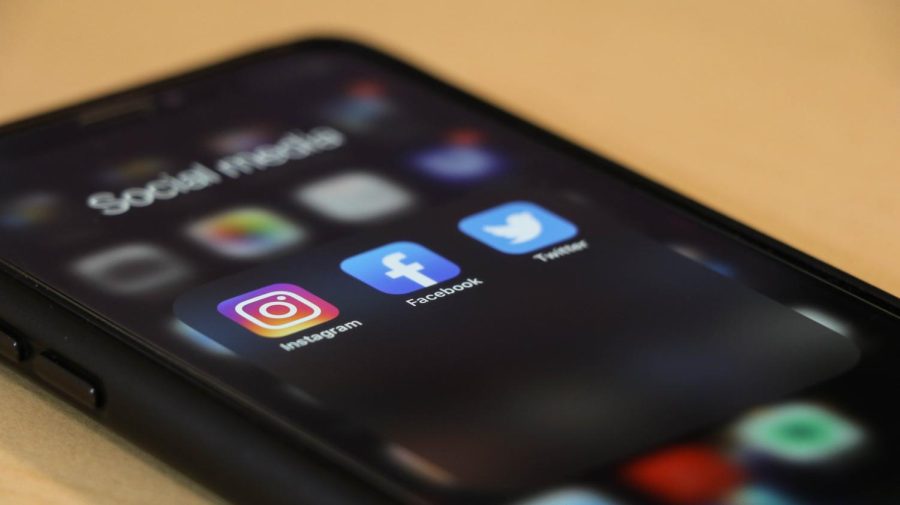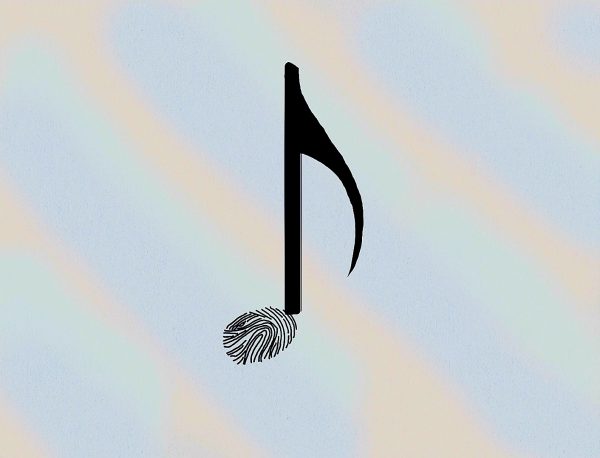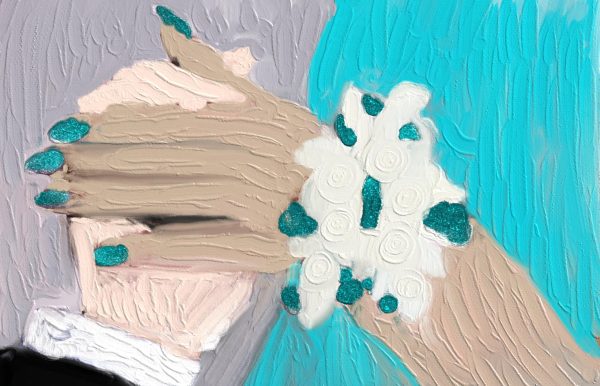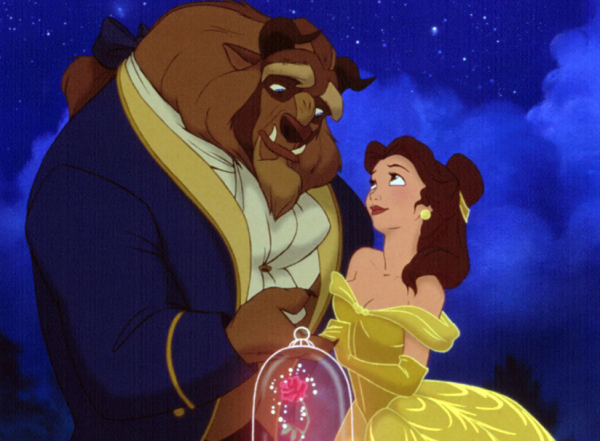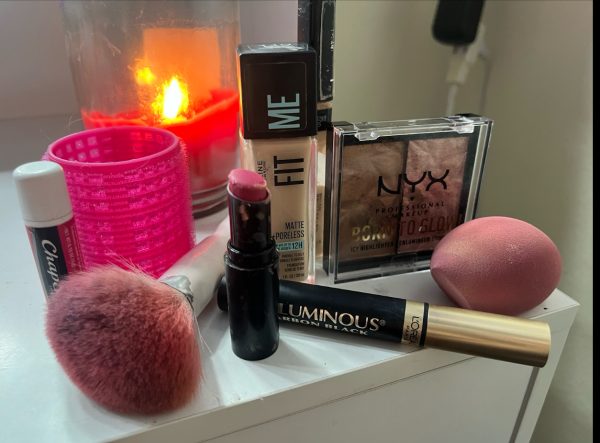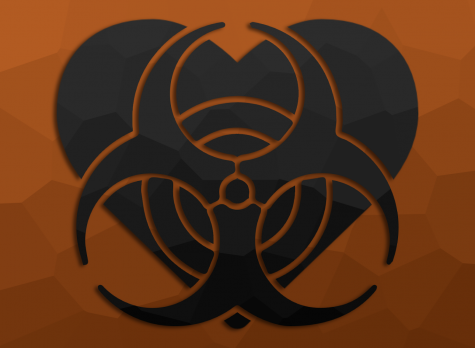We should not be expected to adhere to “trending” body types (Editorial)
Desperately trying to achieve the body types of top celebrities should not be the norm, regardless of an ever changing fashion industry
Many “trending” body types come from social media.
Editorials are articles written by a publication’s editors to express a shared opinion or discuss a topic editors think needs more attention. These articles are meant to persuade readers and to promote critical thinking while sometimes encouraging people to take action.
“Bye-bye booty: Heroin chic is back” reads the headline of a fashion feature officially published by the New York Post.
Millions of viewers speculate around stereotypically curvy social media figure Kim Kardashian dissolving her BBL – or “Brazilian Butt Lift” for those who may not know – to “look slimmer”.
Celebrities like Rebel Wilson and Adele are praised for their “healthy” and “transformative” extreme weight loss, both of which were over 75 lbs.
With the introduction of social media has come the disturbing reality of body shaming. Body shapes, sizes, and proportions have not only been praised and degraded (which is problematic in itself), but certain body “ideals” have now become trends – meaning they come and go faster than someone can even healthily gain or lose 100 lbs.
30 years ago, the term “heroin chic” first appeared in the fashion industry, where an unhealthy weight and physique that mirrored that of a heroin addict became something that was desirable to the average young adult woman.
A thin shape, flat stomach, and uniform body proportions remained ideal throughout the early 2000s. In the 2010s, what started as a body positivity movement turned into a brand new obsession opposite to that of ten years before: the exaggerated hourglass figure, which oftentimes cannot even be achieved without things like filler and expensive plastic surgery.
What wasn’t natural was being passed as natural, and viewers were subconsciously taught to gain weight in their butts and slim down their waists as fast as they could.
But yet again, as unhealthy weight loss and unnecessarily thin bodies are plastered across magazines and on Instagram feeds, it seems we’ve circled back around.
There are so many problems with categorizing body types as trends. Not only is it degrading and dehumanizing, it causes extreme bad habits and self image that can promote disordered eating.
Low rise jeans and cutout dresses can be trending – you can donate them and repurchase them as they go in and out of style (though this, of course, comes with its own environmental issues). But you cannot simply disregard your body type for a new one because the biggest celebrity on social media this week has different proportions than you.
Nor should you be expected to.
So yes, the true problem here is body shaming in general. But “trending” body types, certain weights, and coining terms like “heroin chic” that openly glamorize drug abuse and eating disorders needs to stop. It is unrealistic and extremely harmful to the general population, and it specifically targets young women, a group that already faces neverending body criticism from the media and the rest of society.
Body types are not trends, and weight loss or certain figures do not make someone healthy.
Your donation will support the student journalists of Mead High School. Your contribution will allow us to purchase equipment and cover our annual website hosting costs.

